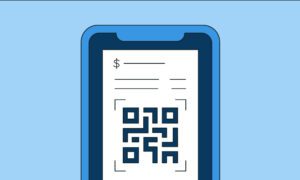As the technology stands currently, digital signatures are more open to forgery than handwritten signatures. Countries such as the United States and Australia are leading the effort to redefine the e-signature in a way that limits people’s ability to forge, and these efforts are having some effect.
Here we take a look at some of the most effective initiatives and how they help us sort authentic signatures from forgeries.
Authenticating the Digital Signature
The layperson uses the terms “digital signature” and “electronic signature” interchangeably, but they are actually not the same thing. Under the law, the electronic signature is the act of signing a document electronically. The term digital signature actually has no legal meaning in terms of commercial contract signings. The actual meaning of a digital signature is the information that any piece of data creates when it is authenticated. This includes everything from the metadata to the digital timestamp.
Basically, every electronic signature that is generated generates its own digital signature detailing when and how it was created.
Yes, sophisticated hackers can modify the digital signature. However, even more sophisticated security can determine if a digital signature has been modified. This is the tech that you want on your side when you are doing business with someone for the first time.
When you are ready to explore e-signature technology with the ability to protect your interests, finding a reliable solution is an obvious starting point. This tool: Docsketch – Create Your Electronic Signature for Free is one such solution to consider.
Defining Signature Levels
The European Union leads the global business community in defining the e-signature. The EU standard defines a simple, advanced and qualified e-sig. Only the qualified signature holds the same weight in court as a handwritten signature, and EU standards denote quite specifically the risks that a business takes if it chooses to accept anything less than a qualified e-sig. Fortunately, many companies are using the international standard as an excuse to only do business with entities who have the ability to fully qualify their electronic signatures.
Standards to qualify a signature include, but are not limited to, generating a certificate that is based on a cryptographic card, having a fully auditable entity create that certificate in a way that can uniquely identify the signer, and ensuring the signature has at least two factor authentication security around it.
Lo-Tech Security Measures
Some companies are also using hi-tech hardware to implement lo-tech security measures. For instance, some signings for certain companies are only done over live video, with each side identifying itself for the record in front of the other. Others use the phone and record audio records, requiring the other party to sign off on the record as well as the actual document.
Regardless of the methods that you use to verify your e-sigs, you must use something. It is always easiest to employ an automated program that takes care of the recordkeeping for you, especially if you do not have a tech-savvy lawyer to lean on!

















































